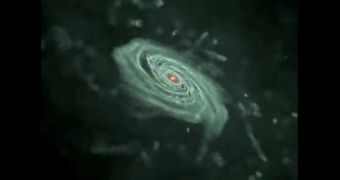Over the past 10 years or so, numerous studies have provided a wealth of information on black holes, a class of objects that is extremely mysterious by its very nature. Yet, there are many vital pieces of data that continue to elude investigators, such as how the infinitely dense structures emerged.
Researches have also demonstrated that black holes and galaxies depend on and influence each other. However, the nature and direction of the link has yet to be deciphered. In other words, experts do not know how black holes control galactic growth, and vice versa.
Significant progress has been made in understanding how these objects accumulate mass through their accretion disks, how the material is turned into radiations that are then released as polar jets, and why the disk itself can produce X-rays.
Scientists now understand the difference between stellar-mass and supermassive black holes better than ever before. While the formation mechanisms the former use are clear, the latter still hold on to their secrets, Space reports.
Basically, what astrophysicists seem incapable of figuring out is how large black holes developed in the early Universe. A study detailing what is known about this phenomenon so far appears in the August 3 issue of the top journal Science.
“The whole field of 'massive black holes in galaxies' really developed in its own right in the last 12 years, and now it's one of the hottest in astronomy,” Institute of Astrophysics in Paris expert Marta Volonteri explains.
One of the leading theories in the astronomical community is that the earliest, large black holes appeared as the result of massive stars going supernova in the early Universe. However, these behemoths were unlikely to have the mass required to produce such large black holes.
Another scenario is that supermassive stars, weighing around 1 million solar masses, formed shortly after the Big Bang. To make matters even more mysterious, recent studies indicate that supermassive black holes existed less than 1 billion years after the Cosmos formed.
In order to gain more insight into what happened some 13 billion years ago, astrophysicists will require extremely advanced telescopes, capable of surveying the Universe at extreme wavelengths.
Even so, some physicists believe, too much time may have passed already, and a lot of data may have been lost, due to the ever-accelerating expansion of the Universe.

 14 DAY TRIAL //
14 DAY TRIAL //